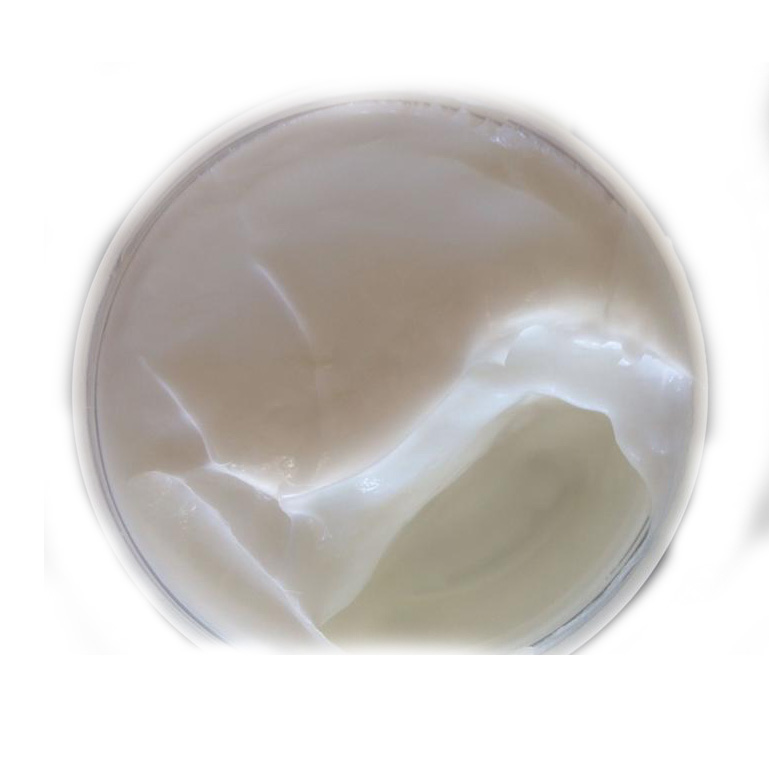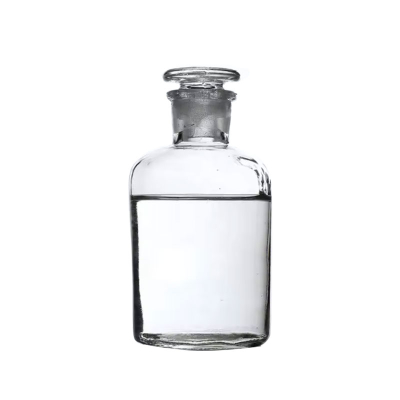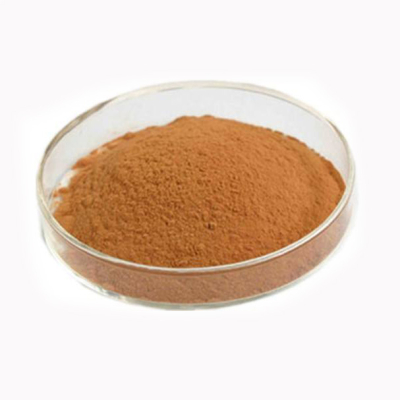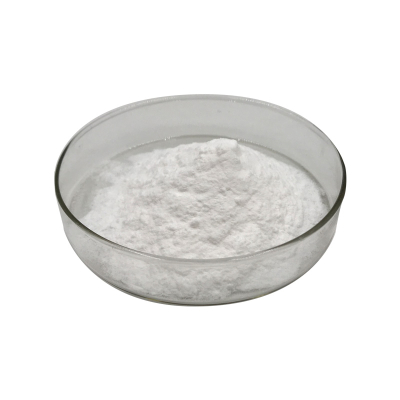Global Sodium Dodecyl Sulfate (SDS) Market Surges Amid Regulatory Shifts and Sustainable Innovations
2025/04/25 09:52
1. Market Dynamics: Growth and Regional Dominance
2. Regulatory Updates: EU REACH and Environmental Compliance
3. Technological Innovations and Application Frontiers
a. Advanced Manufacturing and Green Chemistry
b. Biomedical and Analytical Breakthroughs
c. Environmental Remediation
d. Semiconductor Applications
4. Competitive Landscape and Alternative Pressures
5. Future Outlook and Risks
Key Takeaways
For real-time updates, follow industry leaders like DowDupont and BASF, and monitor EU REACH developments.





